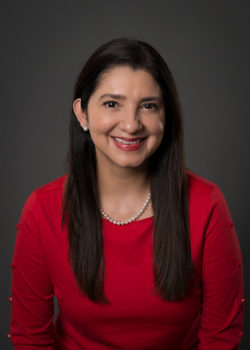Picking A College Under Texas’ Top 10 Percent Plan
A new study found that low-income, highly qualified students are more likely to choose selective universities that match their academic profiles when they know state automatic admissions policies guarantee their admission.
Kalena E. Cortes, an associate professor of public policy at Texas A&M University’s Bush School of Government and Public Service, and Jane Arnold Lincove, an associate professor of public policy at the University of Maryland, Baltimore County, studied the effect of the “Top 10 Percent Plan” admissions policy in Texas, which was created as a replacement for affirmative action.
While previous research shows low-income students do not match universities with their academic profiles because of lack of information on college options, Lincove said their new research shows automatic admissions work to overcome that lack of information that dissuades highly qualified, low-income students from not applying to good institutions.
“We found that the automatic admissions policy in Texas can influence student application and enrollment behaviors,” Lincove said. “Because the effect of admissions certainty on low-income students with both high class rank and high SAT scores was larger than on their high-income peers with similarly strong academic performance, admissions guarantees may help close the income gap in college matching.”
During the time of the study, Texas granted automatic admissions to any public university for all students who achieved a class rank in the top 10 percent of their high school class during their junior year.
“The difference in access to elite universities often begins with the student’s application choice and the information they have about their college options,” Cortes said. “Demystifying college admissions policy is a pathway to greater inclusion.”
The study was published online in Educational Evaluation and Policy Analysis, a peer-reviewed journal of the American Educational Research Association (AERA), the largest national interdisciplinary research association devoted to the scientific study of education and learning.
This article originally appeared on the Bush School of Government & Public Service website.





